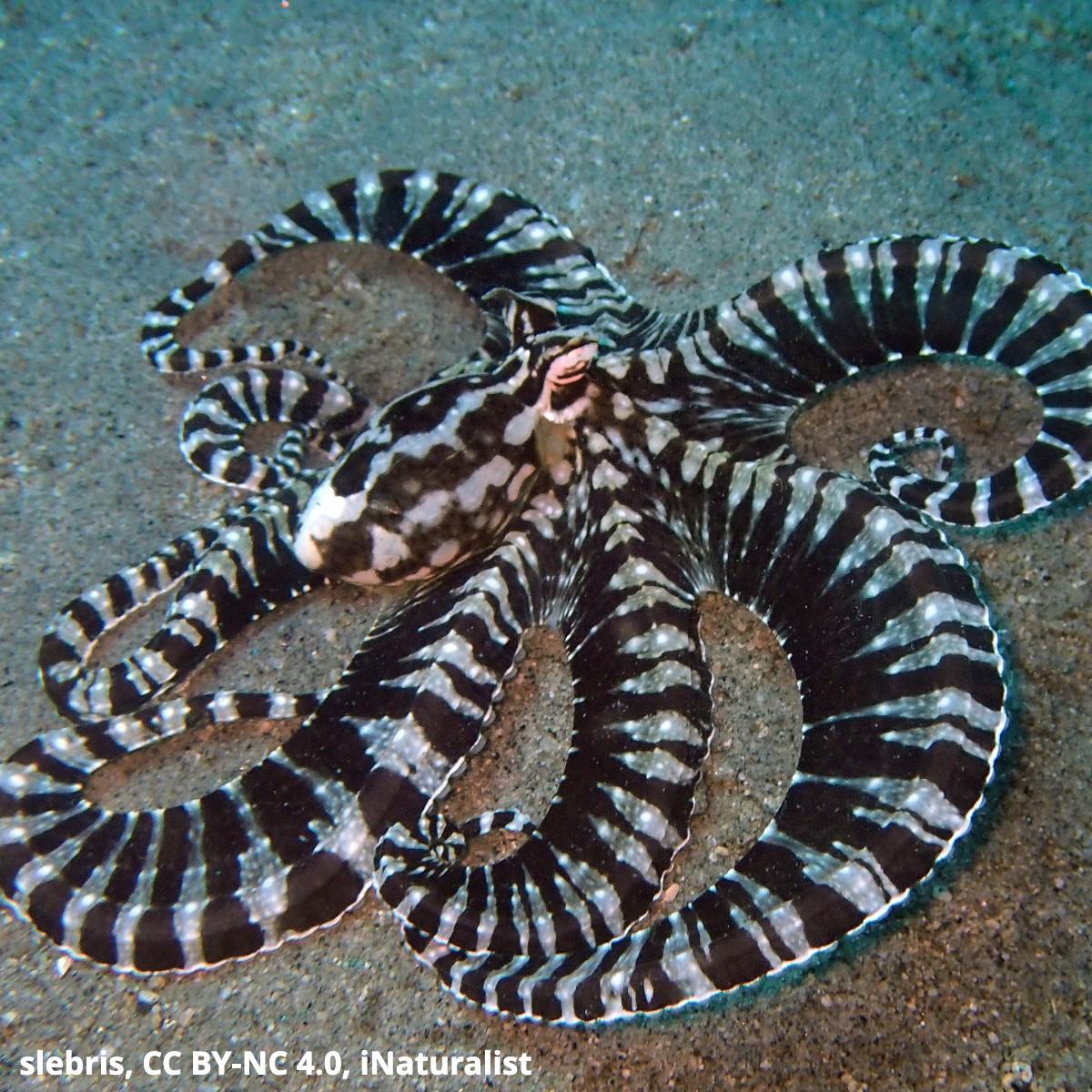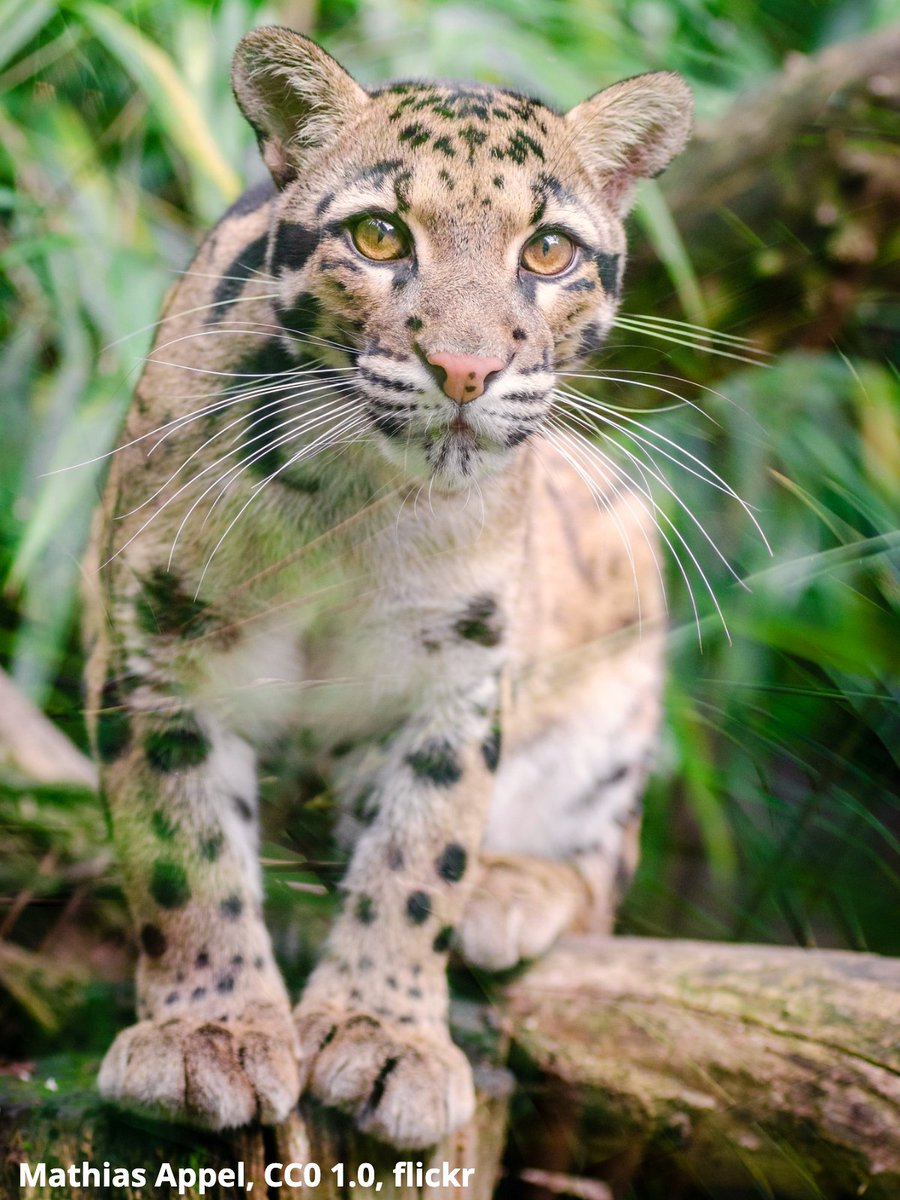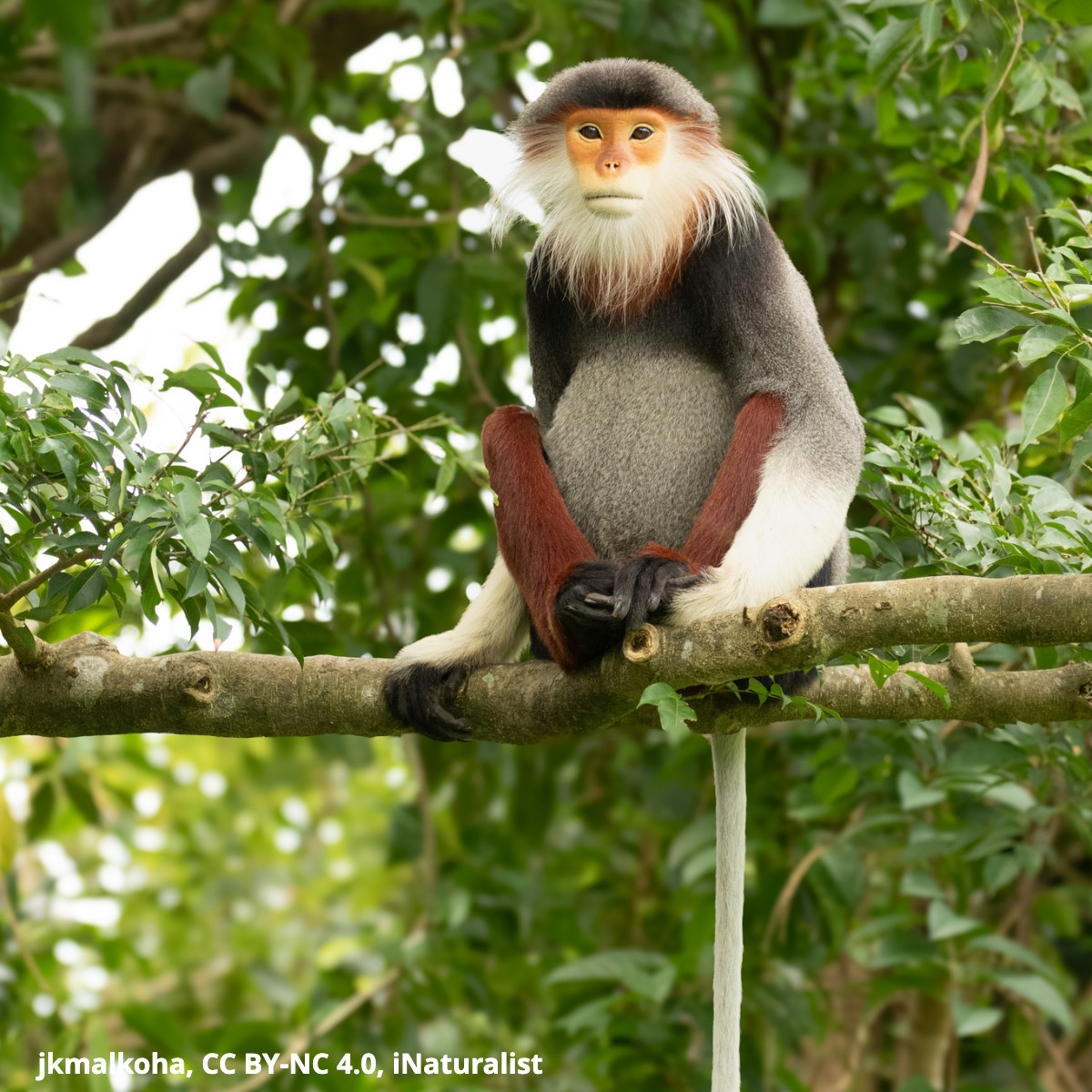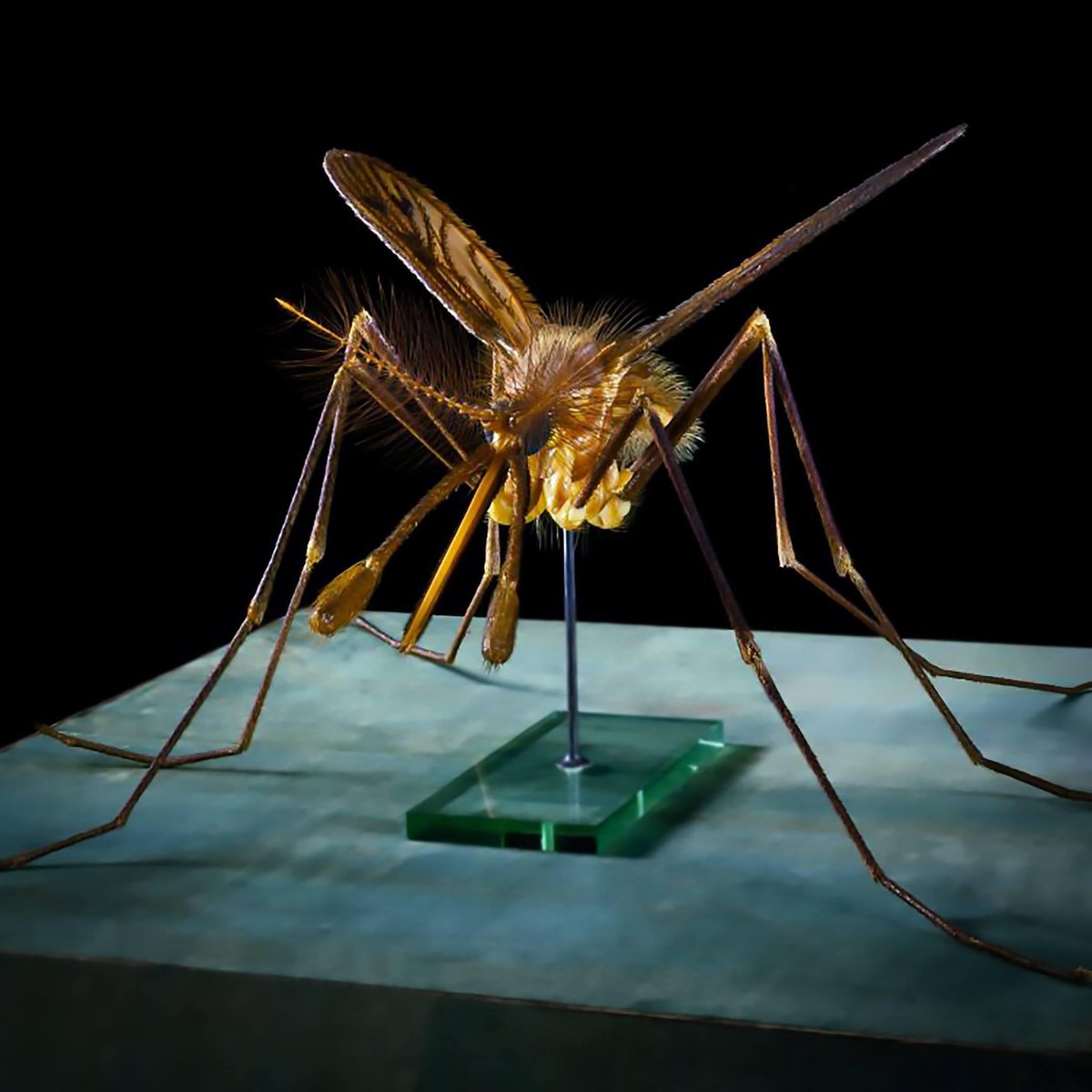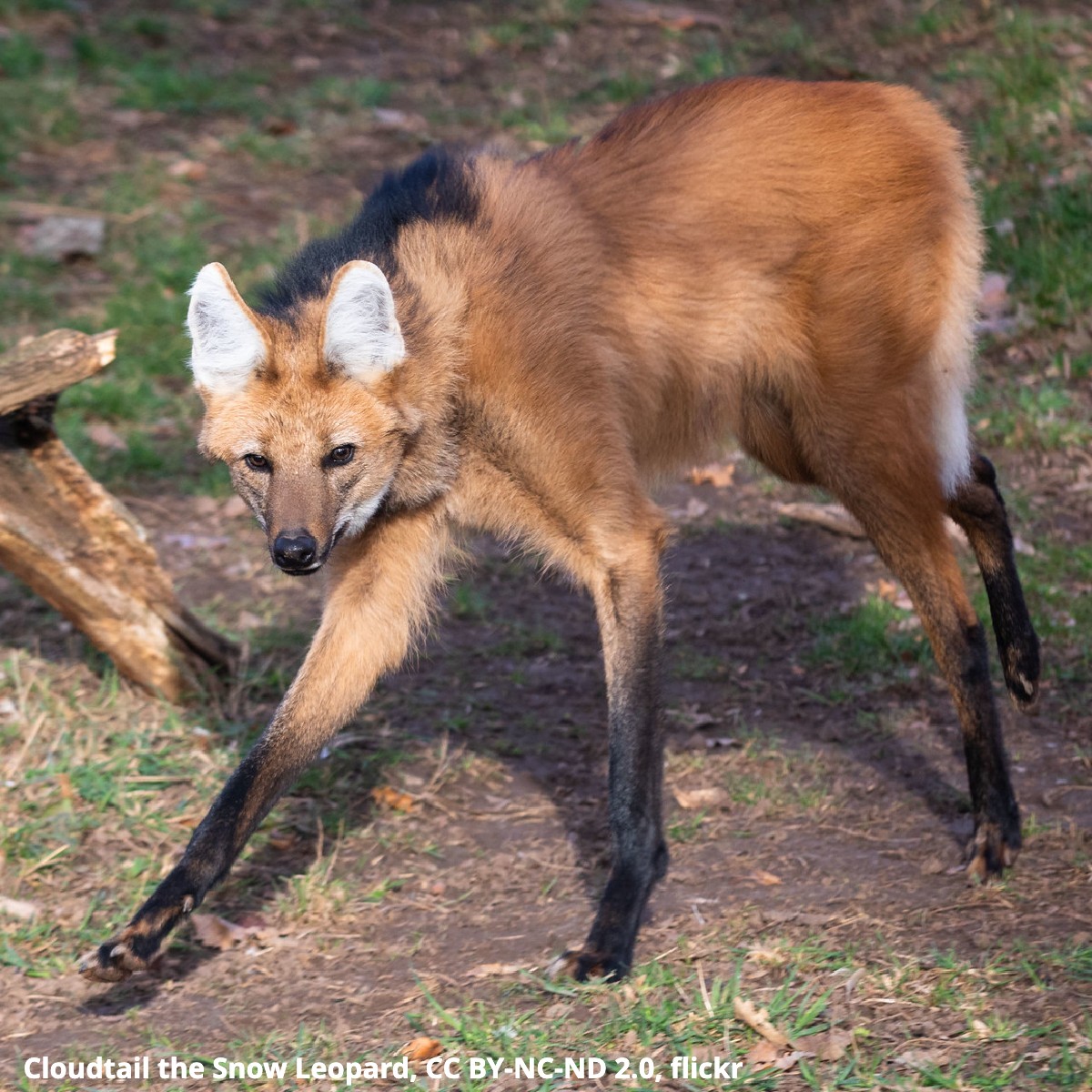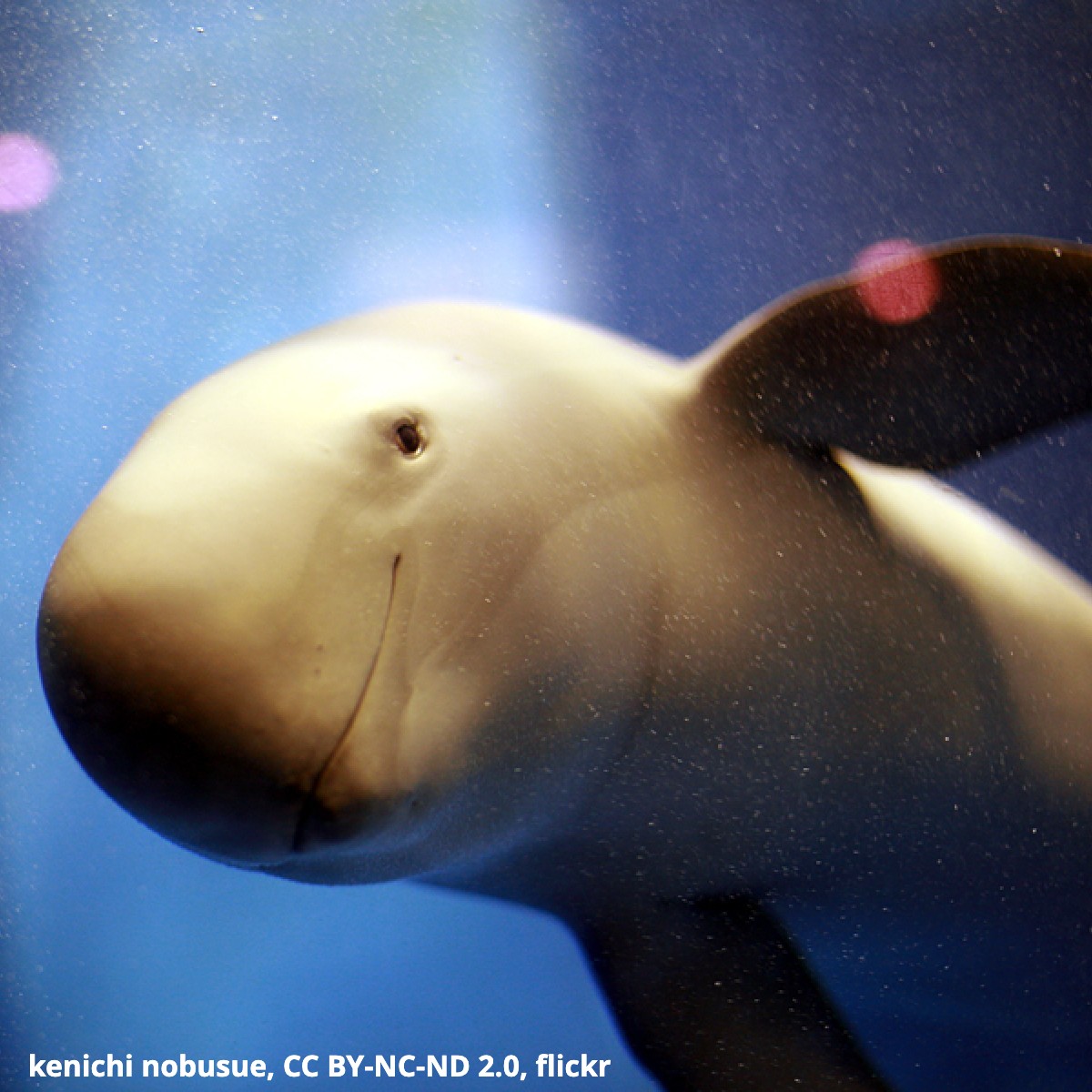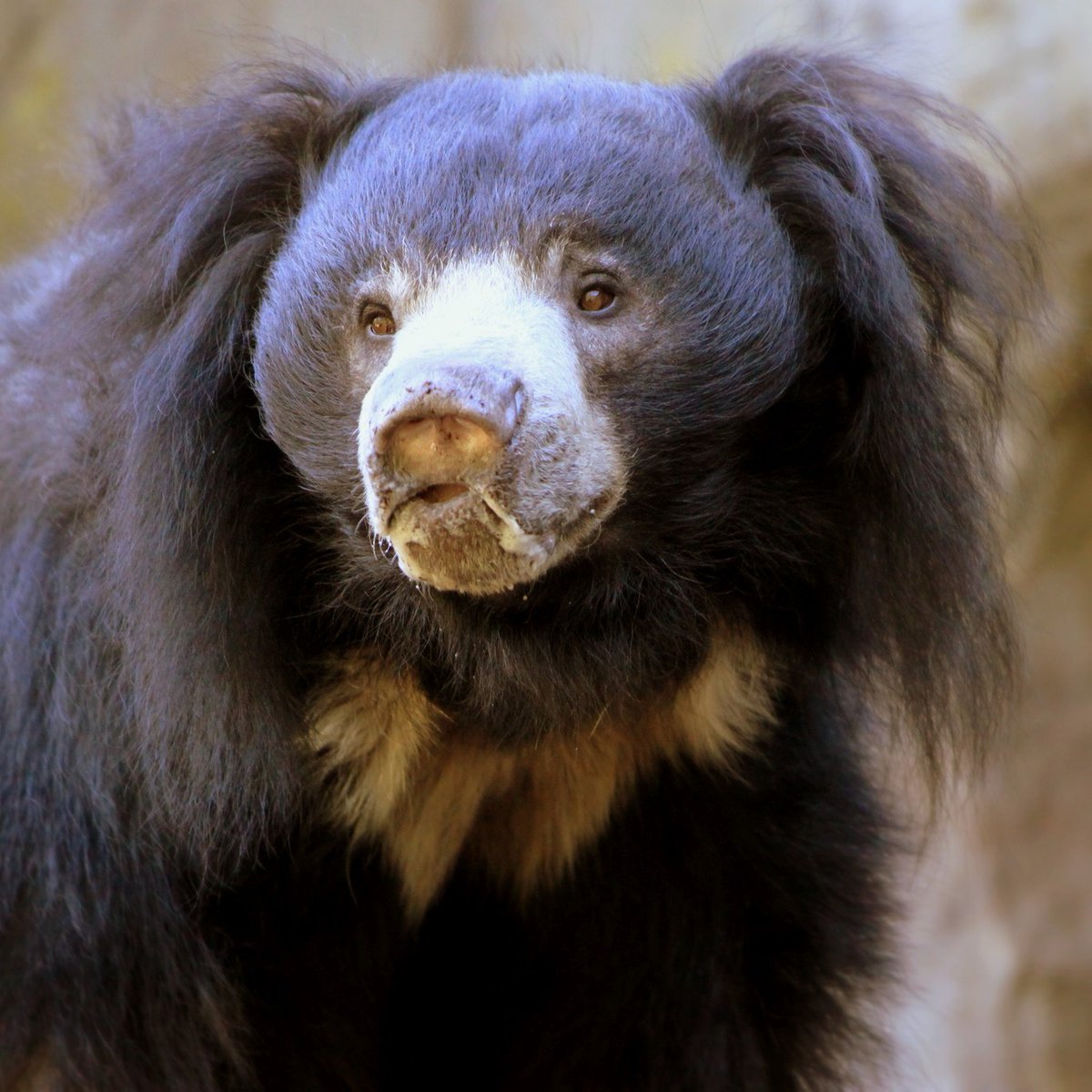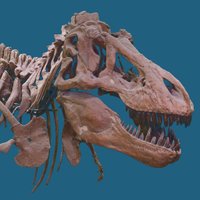
American Museum of Natural History
@AMNH
The American Museum of Natural History is one of the world's preeminent scientific and cultural institutions.
ID:16630098
http://www.amnh.org/ 07-10-2008 14:17:14
24,1K Tweets
513,7K Followers
928 Following

2 days left! Make a splash at @amnh on May 1st: Rainproof.NYC Collaboration Sessions! Your innovative thoughts can help us weather any storm.
If you can't join us for the full 3 hours, stop by for your session of interest! RSVP: bit.ly/rainproofMay1
#RainproofNYC








Happy #FossilFriday ! Meet the short-necked plesiosaur, Cryptocleidus oxoniensis. This marine reptile’s short tail could only function as a rudder, leaving the limbs as its main organ of propulsion.
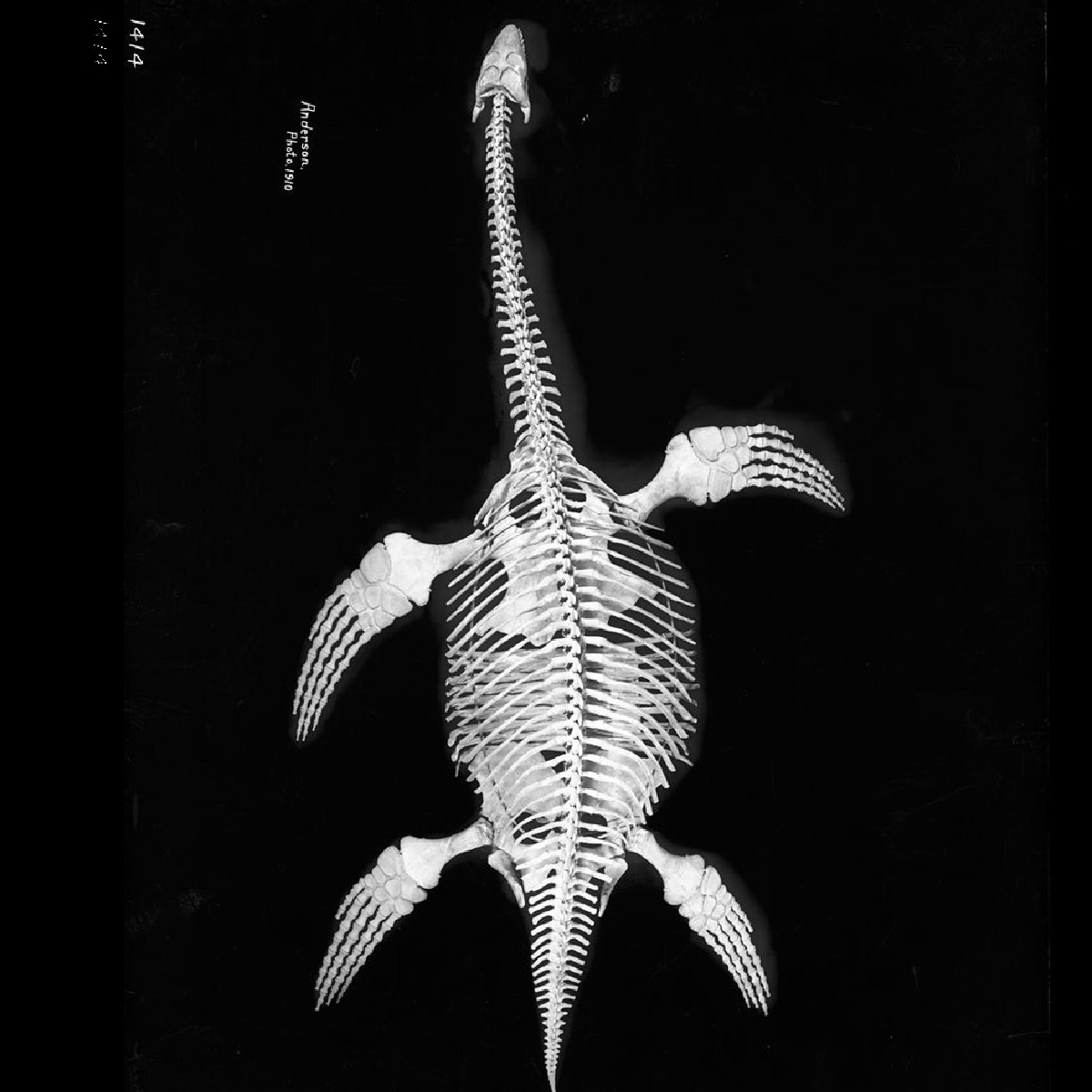


Are you in the #NYC area and looking for some fun? Join us this Saturday at American Museum of Natural History for EarthFest'24! Play games, learn cool science, and walk away with some exclusive #IODP goodies.
We'll be in the Hall of Ocean Life 10am-4pm on Saturday, April 27th. Don't miss it!
📸 AMNH
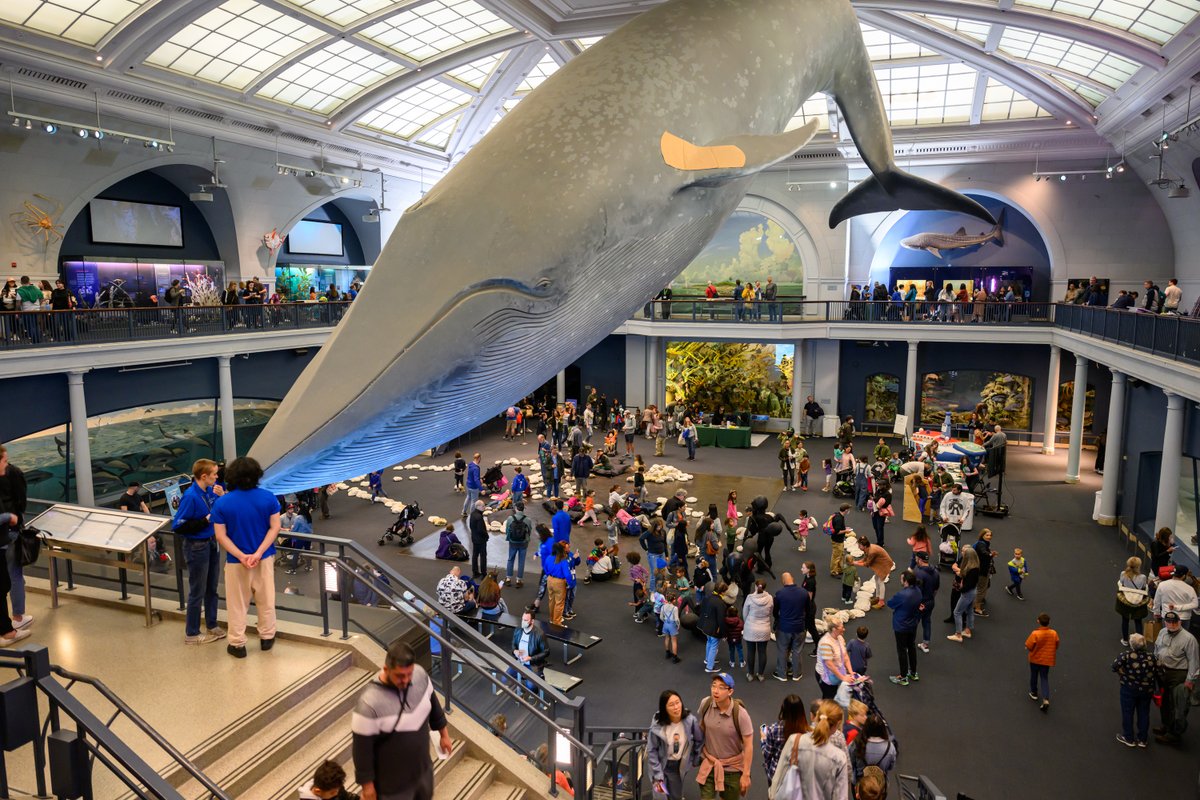


This Saturday, #EarthFest is returning to our partners at American Museum of Natural History with a full day of family-friendly activities. Free with museum admission, attendees can build their own solar “car” with our partners at Solar One, and much more. Don't miss out! #EarthMonth



Recommending the Invisible World exhibit at the American Museum of Natural History what a cool experience for kids and adults alike. We had a blast !


Today at the American Museum of Natural History, learning about mammals, oceanic life, biodiversity, and the universe. PS#1 Let’s go bulls.
West New York School District
Scott Wohlrab WNYPS1 Scott Cannao Jorge Perez Barrios




